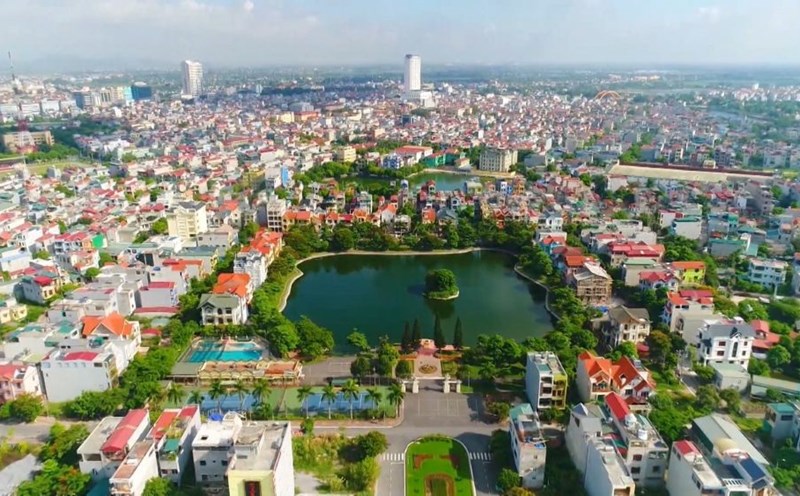In Conclusion No. 126-KL/TW, the Politburo and the Secretariat requested to study the orientation of continuing to arrange the removal of intermediate administrative levels (district level); orientation to merge a number of provincial administrative units.
Information about the orientation of merging and arranging a number of provincial-level administrative units is attracting public attention.
According to Lao Dong reporter's research, there are currently no specific criteria for implementing the merger of provinces and cities, but according to Resolution 1211/2016 amended and supplemented by Resolution 27/2022 of the National Assembly Standing Committee, clearly stipulating the standards for provincial-level units on population size, natural area and number of administrative units at the district level under the Ministry.
The population of mountainous and highland provinces is from 900,000 people or more; other provinces have a population of 1.4 million people or more. Regarding natural area, mountainous provinces, highlands from 8,000km2 or more, and other provinces in the region with an area of 5,000km2 or more.
The number of district-level administrative units under the province, according to the resolution, must be from 9 units or more, including at least one city or one town.
In 2021, the Ministry of Home Affairs was assigned to draft a Resolution amending and supplementing a number of articles of Resolution 1211/2016, with 20 provinces and cities with the smallest area and population in Vietnam, not meeting the above criteria.
The latest statistics from Lao Dong show that many provinces do not meet the criteria of provincial-level administrative units according to the resolutions of the National Assembly Standing Committee, when they do not meet the population size and natural area, number of district-level administrative units; or do not meet the above three criteria.
For mountainous provinces, there are 8 provinces that do not simultaneously meet both criteria on area and population: Bac Kan, Tuyen Quang, Lao Cai, Dak Nong, Cao Bang, Yen Bai, Ha Giang, Hoa Binh.
For other provinces and cities, there are 13 provinces that do not simultaneously meet both criteria on area and population: Quang Tri, Hau Giang, Ha Nam, Bac Lieu, Ninh Binh, Tra Vinh, Vinh Long, Ba Ria - Vung Tau, Vinh Phuc, Tay Ninh, Soc Trang, Hung Yen, Ben Tre.
In addition, some provinces do not meet the requirements for the number of administrative units at the district level or higher, such as: Lai Chau, Tuyen Quang, Bac Kan, Bac Ninh, Ha Nam, Thai Binh, Quang Binh, Ninh Thuan, Dak Nong, Ba Ria - Vung Tau, Bac Lieu, Hau Giang, Vinh Long...
Speaking with Lao Dong reporter, Mr. Nguyen Tien Dinh - former Deputy Minister of Home Affairs - said that if studying the merger of adjacent provinces, it will be necessary to consider the criteria of population and area according to regulations.
Then, we will consider other factors such as cultural traditions, natural conditions, customs, etc. as we did when arranging and merging districts.
"The province is different from a district or commune in that it is a province that is still located in economic zones. Provinces with similar conditions in natural conditions such as climate, land... can support each other's strengths, so they should study and calculate to unify appropriately" - Mr. Dinh expressed his opinion.
The former Deputy Minister of Home Affairs emphasized that the study of provincial-level mergers must be done synchronously and carried out immediately, because if it is carried out at the district level, it must be done simultaneously at the provincial level, otherwise it will not be corresponding, not unified, and synchronous.











